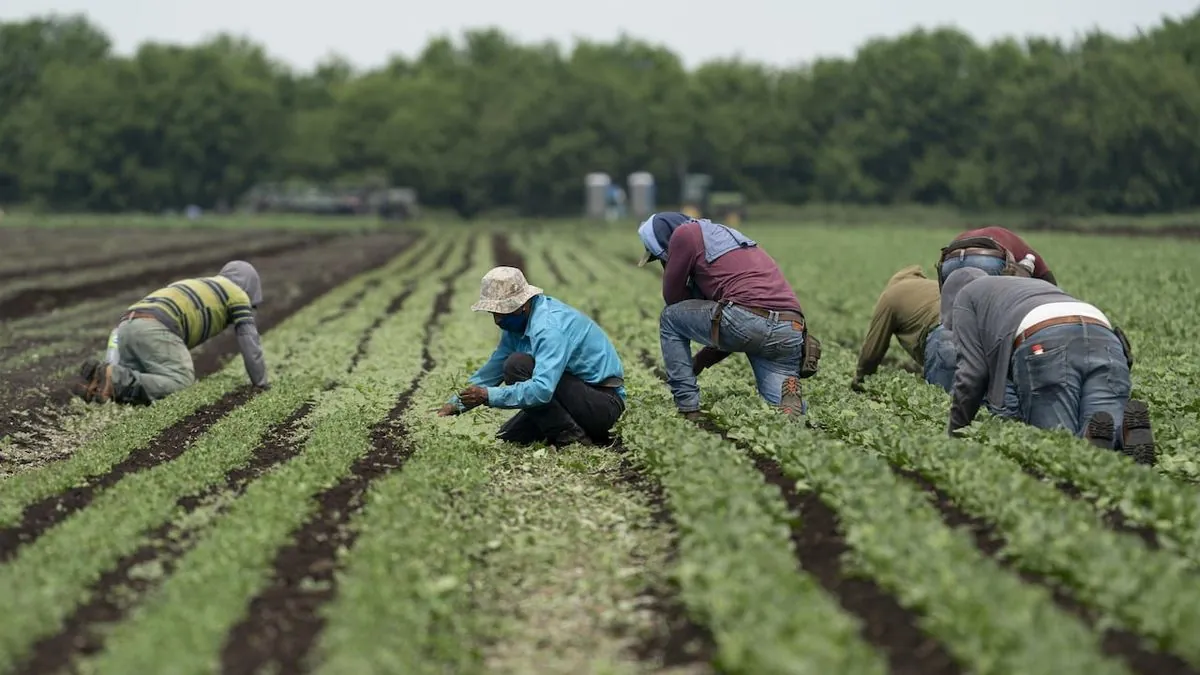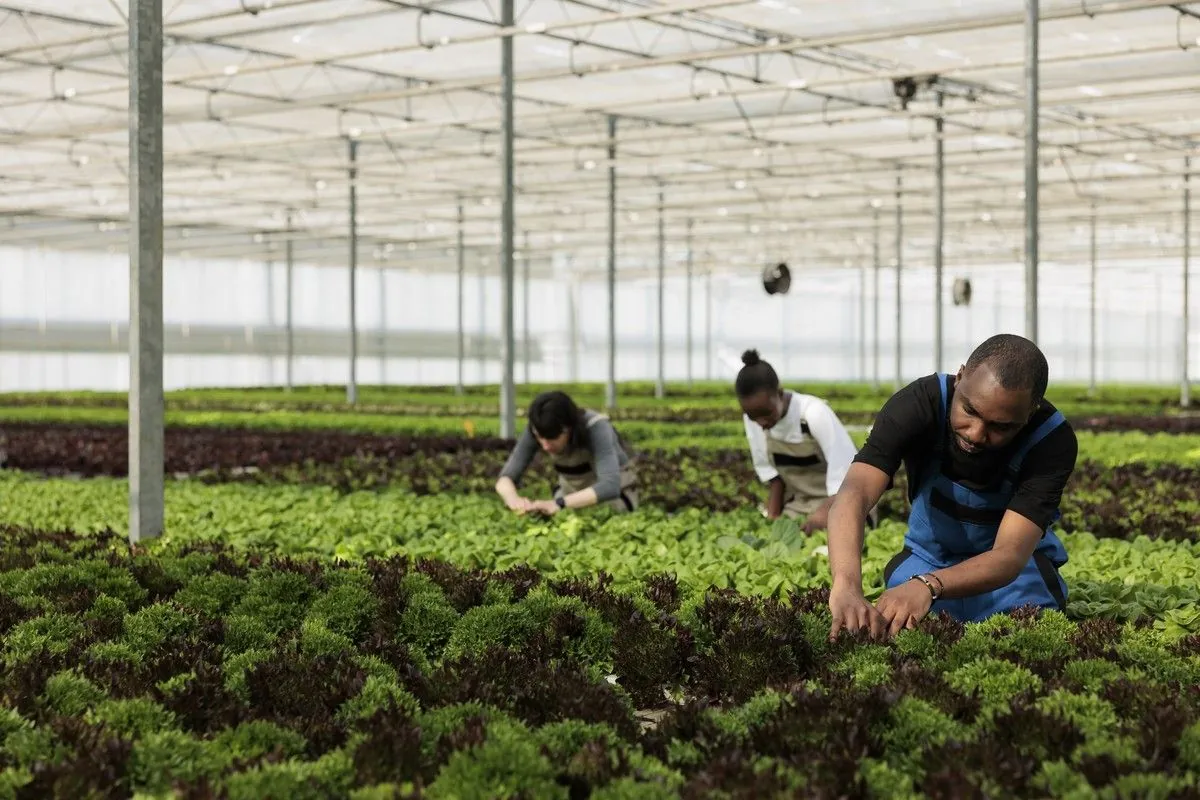Canada's Temporary Foreign Worker Program: Calls for Reform Amid Criticism
Canada's Immigration Minister acknowledges need for reform in temporary foreign worker program. UN report highlights worker vulnerabilities, while government considers changes amid housing and affordability concerns.

Canada's Temporary Foreign Worker Program, a cornerstone of the nation's labor strategy since 1973, is facing increasing scrutiny and calls for reform. Marc Miller, Canada's Immigration Minister, recently acknowledged that while the program is not fundamentally flawed, it requires significant improvements.
The program, designed to address labor shortages, has experienced substantial growth in recent years. The low-wage stream alone has seen a more than fivefold increase in participants, rising from 15,817 in 2016 to 83,654 in 2023. This expansion, largely due to policy changes implemented in 2022, has raised concerns about its impact on the Canadian labor market and worker welfare.
A recent United Nations report has cast a harsh light on the program, suggesting it may contribute to conditions akin to modern slavery. The report highlighted issues such as wage suppression, worker abuse, and limited access to healthcare. However, Miller characterized this assessment as "inflammatory," while acknowledging that abuses do occur and need to be addressed.
"It's not to deny the allegations in some of the cases that are occurring and abuses that are occurring in Canada ... It's not right when there are abuses, and there are abuses."
The low-wage stream of the program has come under particular scrutiny. Randy Boissonnault, the Labour Minister, is considering potential restrictions on this stream if abuses persist. Economist Mike Moffatt argues that the low-wage stream inherently suppresses wages and suggests its complete elimination.

The program's impact extends beyond labor market dynamics. Workers often face language barriers, isolation, and limited access to social services. However, it has also been linked to increased remittances to workers' home countries and has provided pathways to permanent residency for some participants.
As Canada grapples with housing shortages and affordability issues, the government is planning to unveil measures to reduce temporary immigration. This approach, however, may not address the structural vulnerabilities faced by temporary foreign workers, as noted in the UN report.
The debate surrounding the Temporary Foreign Worker Program reflects broader challenges in balancing labor market needs, worker protections, and immigration policy. As Canada moves forward, finding a solution that addresses these complex issues while ensuring fair treatment of both domestic and foreign workers remains a critical challenge for policymakers.


































